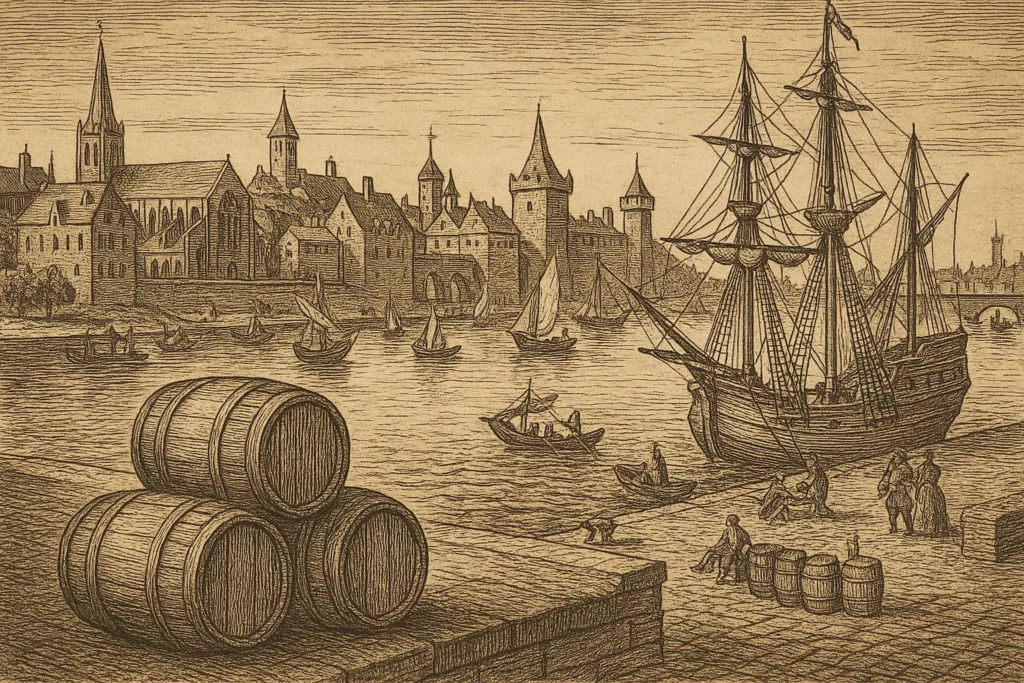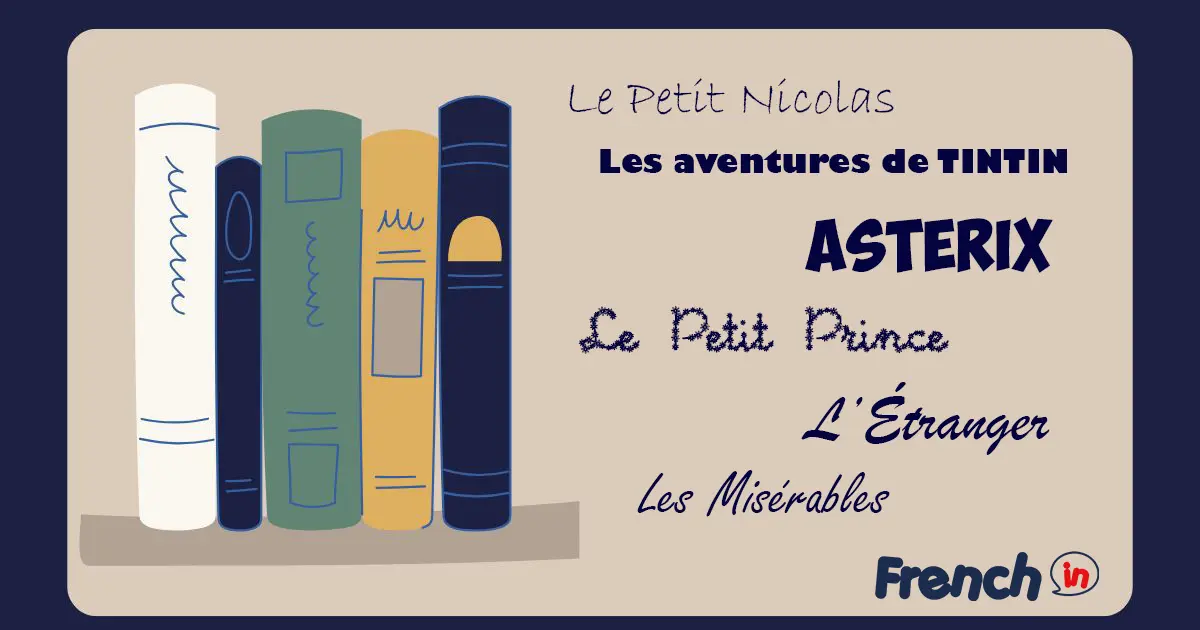Bordeaux in the Renaissance was not just a city of wine merchants, but also a center of learning and language. Bordeaux in the Renaissance was not just a city of wine merchants, but also a center of learning and language. The Renaissance, meaning “rebirth,” was a transformative cultural and intellectual movement that began in Italy in the 14th century and gradually spread across Europe. Reaching France in the 15th century, it reshaped art, science, language, and society through a renewed interest in the philosophies of Ancient Greece and Rome. At the heart of this movement was humanism: the belief in human reason, individual potential, and the study of classical texts as pathways to progress. As a thriving port city strategically positioned on the Garonne River, Bordeaux was particularly receptive to Renaissance ideals. The city famous for its wine production evolved into a significant center of commerce, learning, and linguistic development in the French Renaissance. Flourishing wine commerce, urban expansion, evolution of French language, classical architecture and intellectual life … We’ll see how the Renaissance reshaped Bordeaux!
Wine Trade and Urban Expansion in Bordeaux during the Renaissance
During the Renaissance, Bordeaux’s wine trade flourished extraordinarily, becoming the cornerstone of its economic expansion and European reputation. The city’s strategic location along the Garonne River facilitated efficient transport and export of wines, particularly to England, a commercial relationship established centuries earlier when Aquitaine became English in the 12th century (see The English history of Bordeaux). This historical connection provided Bordeaux with a reliable and wealthy market that proved instrumental in its economic rise. The municipal wine regulations, known as the “police des vins,” granted Bordeaux merchants a temporary monopoly on the wine trade by effectively delaying the sale of wines from neighboring regions. This strategic advantage allowed Bordeaux wines to reach markets first and command premium prices, establishing them as luxury products sought after by European royal courts and wealthy merchants across the continent. This booming industry triggered significant urban transformation. The city attracted merchants, artisans, coopers, wine brokers, and laborers. Infrastructure expanded, with the creation of warehouses (entrepôts), wine cellars (caves, chais), and improved docks. The flourishing wine trade enriched the French language with words like tonneau, barrique, vendange, affinage, cru, cuvée, millésime or cave, while commercial activities introduced terms such as colis, entrepôt, courtier, and négociant. Bordeaux transformed into a major commercial hub, its prosperity attracting artists, scholars, and intellectuals from across Europe.
For modern learners, this history is more than background: it shows how the French language absorbed the vocabulary of trade, negotiation, and viticulture. Learning French in Bordeaux today means connecting with this living heritage, where everyday words still echo centuries of commerce and cultural exchange.
How Bordeaux in the Renaissance Shaped the French Language
The Renaissance era in Bordeaux marked a profound cultural transformation, particularly evident in language and architecture. The city was speaking Gascon, a dialect of Occitan, but the end of the Hundred Years’ War and Bordeaux’s reintegration into the Kingdom of France accelerated French as the language of power and prestige. Royal edicts imposed French for legal documents, while trade demanded clearer, more standardized communication. This linguistic shift was further reinforced by humanist education. New colleges emphasized the study of classical Latin and rhetoric, promoting a more refined and structured French. The influence of Latin introduced an array of abstract and philosophical terms : raison, vertu, culture, justice, forme, morale, that enriched the French lexicon and enabled the expression of new intellectual ideas. Rhetorical vocabulary including “argument,” “conclusion,” “déduction,” and “hypothèse” became commonplace. The syntax became more structured, modeled on Latin construction, favoring clarity, balance, and logical order: qualities highly prized in Renaissance thought. The city’s elite sponsored artworks, scholarly texts, and translations of classical works. Perhaps no figure better symbolized this cultural renaissance than Michel de Montaigne, who served as mayor of Bordeaux from 1581 to 1585. Montaigne’s essays reflected the tension between regional identity and humanist universalism, embodying the cultural and intellectual complexities of a city in transition.
For students of French, Bordeaux provides a unique classroom: a city where philosophy, rhetoric, and humanist ideals once reshaped the language. French language courses in Bordeaux allow learners to experience this intellectual tradition first-hand, while also developing the fluency needed for modern communication.
Classical Influence in Architecture and Language
The Renaissance was not only a cultural revival: it was also a visual and architectural transformation. Across Europe, cities looked to the ideals of classical antiquity, drawing inspiration from Ancient Greece and Rome. In Bordeaux, as seen since its origins as Roman Burdigala , classical elements such as columns, pediments, symmetrical facades, and harmonious proportions began to appear in civic and religious architecture. While the Grand Théâtre, with its Corinthian columns and statues of the Muses, was constructed later (in the 18th century), its neoclassical design reflects earlier Renaissance influences. Mansions and civic buildings began to favor order and balance, symbolizing the rational ideals of the time. Architecture and language worked in tandem to reflect humanist values: in stone through order, balance, and civic pride; in words through clarity, logic, and intellectual ambition. Humanists believed that knowledge and critical thinking, not just religious faith, were essential to understanding the world and improving society. They advocated for a return to the sources, meaning the study of ancient Greek and Roman works in their original languages. French evolved with greater clarity and precision, adopting a structured, logical form that mirrored classical ideals. New vocabulary from Latin enriched the language and supported new forms of knowledge, scientific reasoning, philosophical inquiry, and political theory, positioning French as a competitor to Latin for scholarly expression. This classical infusion played a crucial role in the codification and prestige of French, especially as it began to compete with Latin as the preferred language of educated writing.
Studying French in France is not only about grammar and vocabulary—it is about context. In Bordeaux, language and architecture mirror each other: both emphasize clarity, balance, and precision. Immersing yourself in French here offers the rare chance to learn a language within a city that embodies its very evolution.
The Renaissance in Bordeaux was more than a period of artistic flowering: it was a profound transformation of the city’s economy, language, and cultural identity. Driven by its powerful wine trade and exposure to international currents, Bordeaux emerged as a hub of innovation, learning, and elegance. The city’s adoption of humanist ideals, its shift to standardized French, and its embrace of classical aesthetics marked its passage from a medieval outpost to a beacon of Renaissance progress. In wine, in words, and in stone, Bordeaux embodied the spirit of rebirth that defined age. Exploring Bordeaux in the Renaissance helps us understand how trade, language, and culture created the foundations of the modern city—and why it remains such a unique place to learn French today. Bordeaux is the perfect place to combine language and culture. Whether through wine, literature, or architecture, every corner of the city reflects the story of French. For those who wish to study French in Bordeaux, the city offers more than lessons: it offers immersion in a living history where learning becomes an experience. Click there if you want to know more about The Hundred Years’ War in Bordeaux.



